With its presence dating back to 145.5 million years ago, the lotus flower is one of the most widely used symbols in history. It has been a significant symbol for several religions and cultures, especially Hinduism and Buddhism.
Meaning and Symbolism of the Lotus Flower
The Lotus Flower in Buddhism
In Buddhism, the lotus flower symbolizes purity as it blooms on long stalks and freely moves on muddy and turbid waters. It is also a symbol of detachment as water easily rolls off its petals.
Since the plant grows in muddy water, rises above it, and transforms into a beautiful flower reaching light/enlightenment, the lotus flower symbolizes strength, perseverance, fortune, and promise in Buddhism's adverse conditions.
The growth/transformation of the lotus flower is also considered a process of purification. As it emerges from muddy waters and rises above them, the flower (representing the soul) purifies itself despite being born in darkness.
Faithfulness is another concept associated with the lotus flower as a symbol, as enlightenment can only be achieved by working to rise above all adversities and being faithful enough according to Buddhism.
The mud to overcome represents the suffering in which all human beings are born.
This suffering is part of the journey to enlightenment as it is a test that will determine whether a soul is strong enough to break free from muddy waters.
Finally, the lotus flower is considered a symbol of reincarnation and rebirth in Buddhism.
Reincarnation lies at the heart of Buddhist belief. The transformation of the lotus flower by shedding its old leaves and adding new ones every day is a symbolic process of reincarnation.
Rebirth and Light as a Common Symbol
In general, the lotus flower is primarily seen as a symbol of rebirth as it rises from darkness and transforms into a beautiful flower with pink and white petals, like a human being born from nothing and transforming into something complete and beautiful.
This process of creation is also seen as a symbol of spiritual enlightenment and expansion of the soul.
Structure and Symbolism of the Lotus

When you look closely at a lotus flower, you'll notice it's not the same color throughout the petals. The center is always of a yellow or yellow-green hue.
In the center lies a circular mass of stigmas, the capillary receptacle. It represents the ultimate goal of self-realization: the union of the human soul with the Ultimate Consciousness.
The petals of a lotus are arranged in concentric layers, and as the lotus blooms, each opens successively to reveal those within.
This gradual opening in stages has been used as a metaphor to describe how we attain higher levels of self-realization and consciousness as we progress spiritually.
This thought concept lends itself to the representation of the lotus as the seven chakras, or centers of spiritual power in the human body in Indian religions.
The lotus flower unfolds from an inconspicuous bud to a flower that shines in the glory of its multi-symmetrical open form.
However, the lotus flower's journey doesn't begin in the open air but in the water below. As a bud, it's submerged in water that's not the most pleasant environment - usually muddy, perhaps full of natural or artificial debris, fish, and insects.
At the moment of blooming, the bud steadfastly pushes aside the discomforts and breaks free from its old chamber. It's only now that the bud spreads out to welcome the sun on its face.
Few people take note of this fact, but this chronological mechanism ensures that no part of the petals ever comes into contact with dirty water.
The heart of the flower always remains intact despite the environment in which it began its life.
It's another wonderful analogy for the human soul and our experiences in the mortal world - no matter how tough or challenging our life may be, nothing can alter the purity of the human soul.
Historical and Religious Importance of the Lotus Flower

The first representation of the lotus in association with a particular pantheon is not entirely easy to determine. We know that the ancient Egyptians not only knew of the species but also cultivated it in ponds and marshes.
Images from their mythology depict the god Horus, seated on a lotus flower with his mother. The hieroglyph for the significant cardinal number, 1000, was a lotus. Egyptian women wore amulets adorned with the lotus during childbirth.
The lotus truly rises to prominence and significance in the two religions rooted in India - Hinduism and Buddhism.
Many gods of the Hindu pantheon are depicted standing on a lotus flower or holding it in their hands, and sometimes both. The 'Lotus Eye' is used to reference the beauty of the Hindu god Vishnu.
Read also: Lotus Flower: Meanings in Buddhism
The 'Padme' of the powerful Buddhist mantra, Om Mani Padme Hum, refers to the lotus. The pink lotus would be a natural representation of the Buddha himself.
Confucian scholar Zhou Dounyi said of the lotus:
"I love the lotus because even in muddy water, it is not stained"
The Lotus as a Natural Element

Although the lotus has very strong ties to the spiritual world, both in the eyes of cultures like Buddhism and Hinduism today and in those of bygone eras like in Egypt, it was also a practical addition to the landscape.
Both in India and Africa, parts of the lotus such as tubers and seeds have been used to supplement the local diet.
It's a very hardy species, which one wouldn't immediately suspect given its delicate appearance. However, a 1,300-year-old lotus seed was found, and when scientists attempted to germinate it, it bloomed immediately.
Australian scientists studying the lotus plant have discovered that it can regulate its temperature like warm-blooded animals such as ourselves.
In fact, during their research, while the ambient temperature fluctuated between 10 and 45 degrees Celsius (50-113 degrees Fahrenheit), sacred lotus flowers (pink lotus or Indian lotus) remained between 30 and 36 degrees Celsius (86-97 degrees Fahrenheit).
Today, it's a common sight in bodies of water and artificial ponds. The lotus is introduced into water bodies to add a hint of color to an otherwise featureless surface.
The Lotus Flower in Hinduism and the Sacred Lotus Padma
Sometimes called "water lily," the lotus flower holds significant importance in Hindu religion as the Sacred Lotus Padma is associated with several Hindu gods such as Vishnu, Brahma, Kubera, Lakshmi, and Saraswati.
Symbolizing purity and divine beauty, one of Hinduism's prime deities and the Supreme Being of Vaishnavism, Vishnu, has been mentioned as the "Lotus-Eyed One" in ancient texts of the faith.
Vishnu has been depicted holding a lotus flower in hand in many works of Hindu iconography.
According to Hindu belief, the lotus flower unfolding its petals symbolizes the attainment of a deeper state of mind as one's soul evolves.
In Hinduism, it's believed that the spirit of the sacred lotus flower (Padma) is part of every human being's soul. It's a symbol of fertility, prosperity, beauty, divinity, and life.
The rise of the lotus flower from dirty and muddy waters symbolizes the achievement of spiritual enlightenment and liberation from basic instinctual impulses.
The Lotus Flower in Chinese Culture
In Chinese Buddhism, the lotus flower is considered sacred as it is the seat of the Buddha. It represents ultimate purity and perfection as it rises from mud.
The lotus flower in Chinese culture also symbolizes the purification of the soul while transforming into outer beauty, thereby realizing the true nature of reality according to Buddhist belief.
Lotus Flower Drawing
To create a well-drawn sketch of a fleur de lys, knowledge of its dimensions is essential. It measures 3 meters in width and 125 cm in height. A lotus flower drawing or a lotus flower tattoo can be colored in red, pink, yellow, white, purple, and more. Whether depicted as a tattoo or a real plant, lotus flowers are hydrophobic. Despite flourishing in muddy and shady waters, their color remains intact.
Moreover, tattooing instills inner peace and balance. That's why the lotus flower tattoo ranks among the most popular tattoos. The assembly of the eight petals recalls the Eightfold Path, one of Buddha's teachings to his disciples.
Traditional legends tell that the muddier and darker the pond, the more beautiful the emerging flower. This flower is sacred to Buddhists as it symbolizes the purity of body and mind. Additionally, the flower, roots, and seeds of this plant are used in Asian cuisine. Lotus tea is prepared from dried stamens. These parts also possess medicinal properties. This preparation treats a myriad of physical and mental ailments such as migraines, diarrhea, and anxiety.
Each color of lotus flower drawing conveys a meaning
- The white lotus flower symbolizes the awakened being known as Bodhi. Regarded as the world's navel, the flower of this color symbolizes spiritual perfection and purity of mind. Indeed, white signifies clarity and air.
The color white is considered a constitutive element of the north direction, a sign of supreme mentality. Each of the eight petals of the flower represents the connection between the psychic and the supreme mind. With this color, it symbolizes the desire to possess higher thoughts or to acquire an advanced level of thinking. These mindsets will lead to an apprehension of divinity within humanity.
- The pink lotus flower represents the supreme lotus. The pink color symbolizes the significant lotus of the Buddha.
- The blue lotus flower conveys knowledge, intelligence, and victory of the mind over that of wisdom, intelligence, and knowledge. In Buddhist art, the blue lotus flower is always displayed with the center not entirely shown. Moreover, blue is a color that conveys spirituality and sublimity.
Drawings or tattoos of this blue-colored flower symbolize power. It also presents itself as a sign of transcending all limits. Indeed, this color instills spiritual openness and imagination.
- The red lotus flower represents a connection with the heart. It symbolizes compassion and love. Red also conveys a sense of happiness and good cheer. This color directs thoughts toward well-established ideas while helping you to realize them.
- The purple lotus flower is considered mystical. Relative to esoteric concepts, it can take the form of a bud or an open flower. The petals of this flower represent the precepts of the Buddha, notably the Eightfold Path. For Buddhists, traversing this path involves heading towards self-enlightenment. The Buddhist religion believes it to be one of the noble truths.



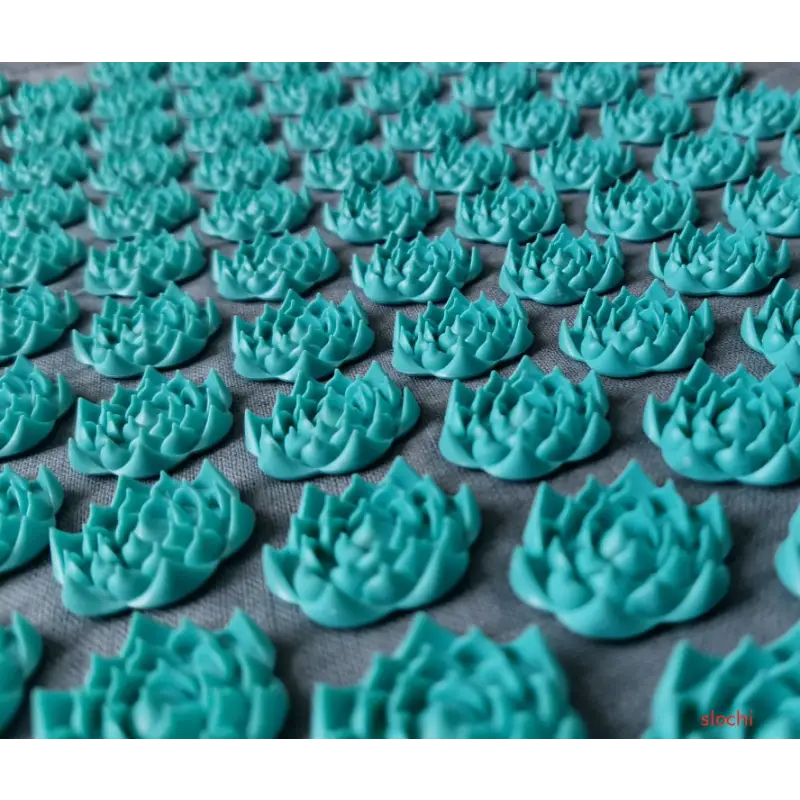










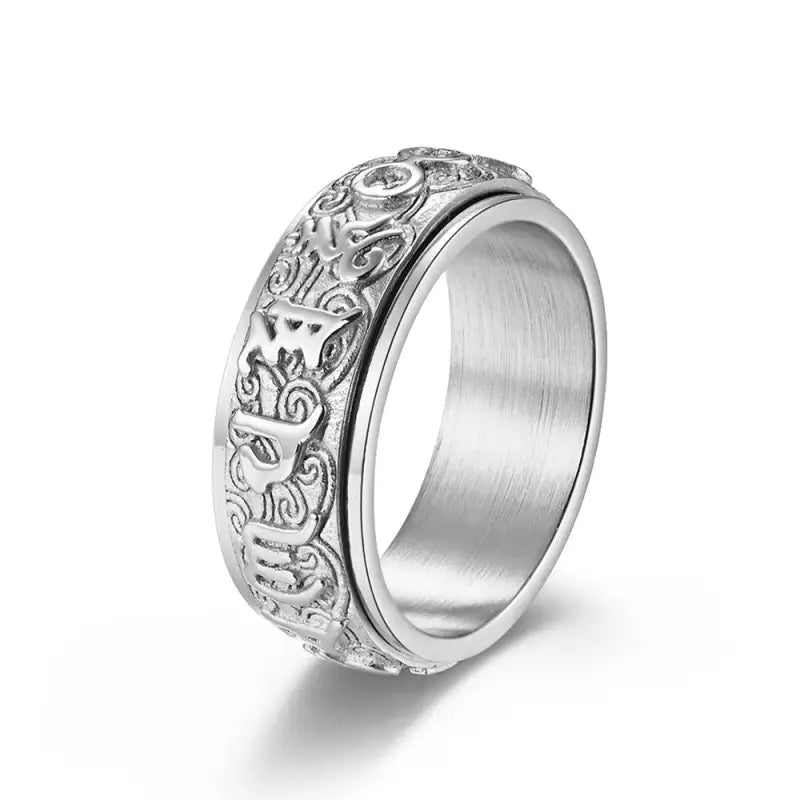
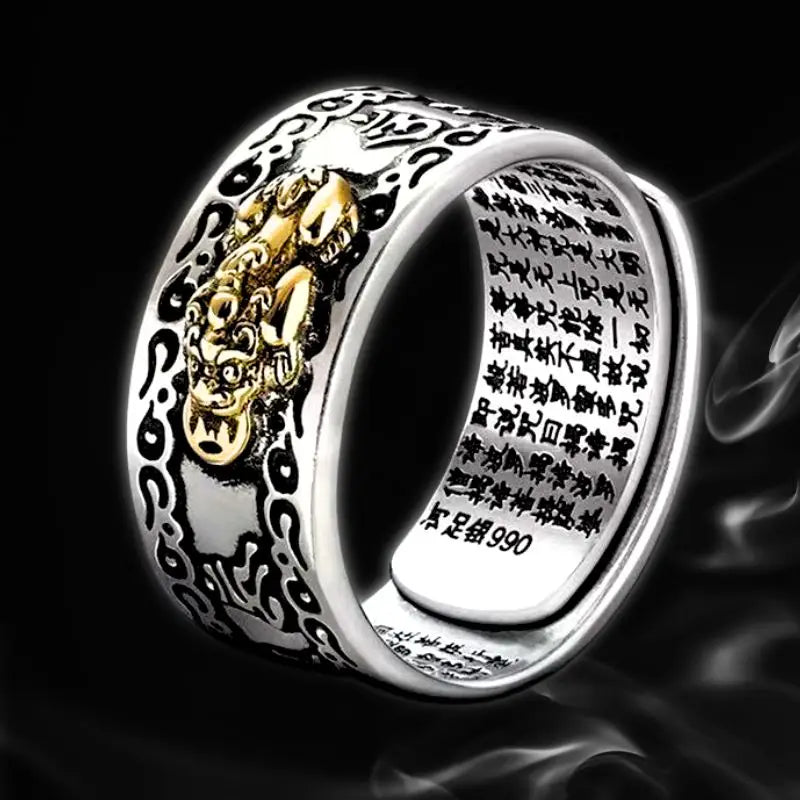





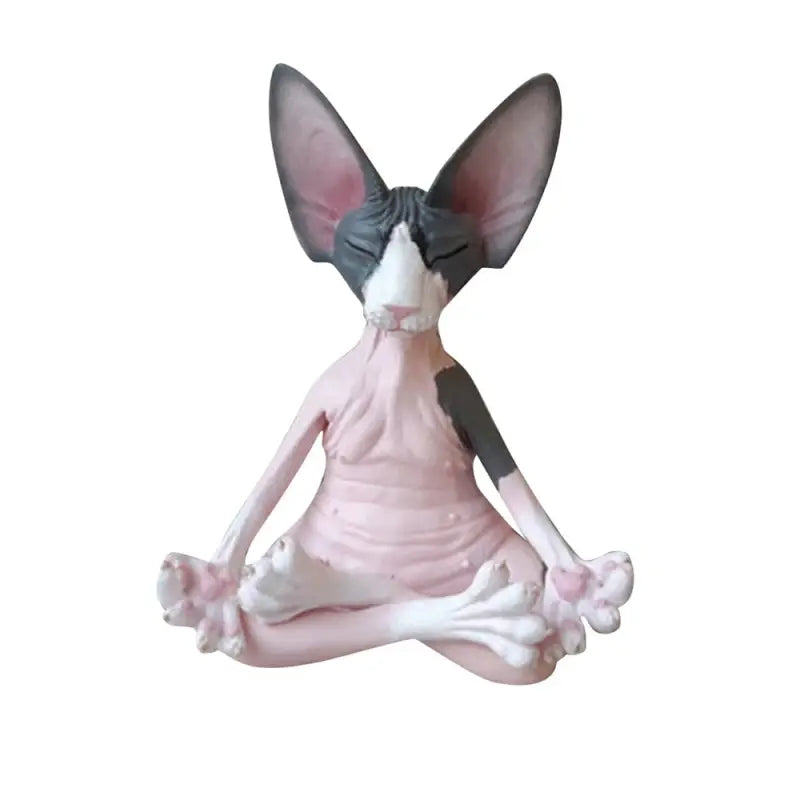
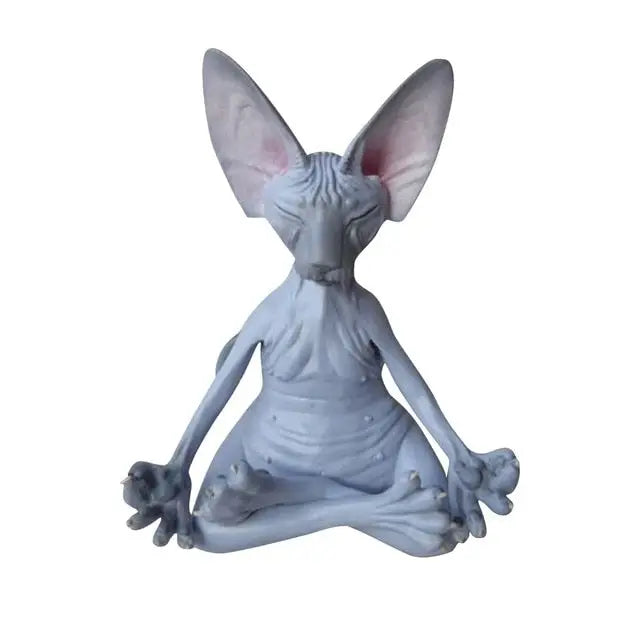



1 comment
Mireille
J’adore cette fleur comme J’aime Bouddha, je m’en cherche un mais n’importe lequel.